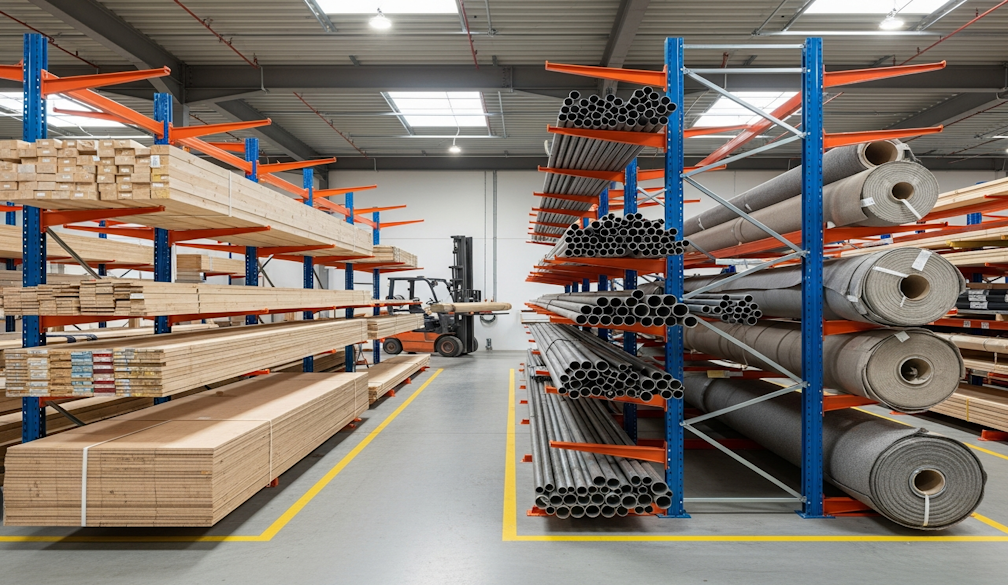How a Well-Designed Gym Can Improve Your Performance

Have you ever entered a gym that just feels off and couldn’t focus on your workout? Maybe it’s the layout that was weird, or the lack of natural light. Either way, gym design affects your performance more than you think. And if you’re in the process of building your own fitness space, it’s time to see how to design a gym that will increase your odds of working out and actually sticking to it long term.
The Space That Moves You Back
There’s something quietly manipulative about a good gym. Not manipulative in a bad way. Rather, in a way that makes people unknowingly push a little harder. Every design aspect should work together to convince your body that it’s capable of more than it remembers.
It’s not motivation. Motivation fades. It’s just a design, sneaky and persuasive. A gym that’s designed well doesn’t just look good. Think about it: a cramped space makes anyone hesitant. The body mirrors the room, so if the room is tight and dark, movements shrink. But when there’s space to move freely, posture changes. People don’t consciously notice or think about this, but the impact your space has on you is obvious.
Lighting Is More Than Mood
We can forgive the wrong lighting choice literally anywhere else except the gym. Bad lighting makes even the most confident person feel like a potato. And in the era of muscle dysmorphia, the last thing you want is to pose under the wrong lighting.
Now, you want to introduce some natural light if possible. You can also add versatile honeycomb blinds for a sleek design and energy saving after dark. If you don’t have a source of natural light, stick to anything LED with the colour temperature of 4000k.
Some gyms zone lighting by workout type, so you can play a little bit with brightness and intensity. It sounds unnecessary, but the body reads the cues. Having softer lighting for stretching and brighter lighting for strength training will make you move differently in these areas.
The Rhythm of Space
Flow is everything. A gym that forces you to zigzag between weights, machines, and mats kills the momentum. All movement should have rhythm. Now, cardio machines belong near windows; don’t just shove them into dark corners. Free weights need breathing room. You can’t just cram them in with cables and racks. A well-planned space understands how bodies move through it and adjusts accordingly.
There’s also something about sightlines. Seeing others train without feeling watched builds a collective energy. People pick up on that rhythm subconsciously. When someone nearby finishes a heavy set, it triggers something, like an instinct to match that energy. But that only works if the other person doesn’t feel like everyone is staring at them.
Sound That Knows When to Shut Up
Acoustics don’t get enough credit. A gym that sounds like a construction site is not inspiring. It’s distracting. Echoes bouncing off walls make every grunt sound like an emergency. And it makes people feel like everyone is listening to them making noises.
Even the flooring matters. Rubber absorbs sound and vibration. This softens the overall noise. It’s subtle, but it changes the way you feel during a lift. A well-tuned sound environment keeps the mind inside the body. That’s exactly where it belongs during training. That’s when performance improves.
Colours That Don’t Distract
Colour theory isn’t just for interior designers. It affects the way people train. Bold reds can raise adrenaline, which sounds good. However, this can actually create fatigue faster. Cooler tones like muted blues and earthy greens ground the body. They create a focus zone without overstimulation. The best gyms balance these shades carefully. That doesn’t mean you can’t have bright colours. Just make sure they’re not front and centre.
And the details matter, too. The contrast between matte walls and glossy equipment is important. The subtle warmth of wooden accents can create an atmosphere where the body feels capable, not pressured. When the environment is balanced, effort feels less forced. And that makes consistency easier. At the end of the day, this is really what performance depends on.
Temperature and Texture
Airflow isn’t a luxury; it’s performance fuel. Stale, hot air drains endurance before the muscles even start working. A gym with proper ventilation keeps oxygen moving. Proper ventilation helps cool the skin, and that in return helps the brain stay alert. There’s a reason high-end facilities spend so much on climate systems. It’s not for show. It’s biology.
Then there’s texture. Rough grip on bars, firm but forgiving flooring, soft towels stacked neatly: all those small tactile experiences ground you in the moment. When everything you touch feels thought-out, your brain will also relax. It stops searching for comfort. It uses that energy for effort. And the body performs best when it doesn’t have to fight the environment.
Equipment Placement Is Strategy, Not Guesswork
How machines and weights are arranged can make or break a session. When everything is spaced logically, the brain slips into flow without interruptions. Jumping from a squat rack to a cable machine shouldn’t feel like crossing a small desert. Proximity saves mental energy. That energy is better spent on the lift, not on navigating around strangers and misplaced dumbbells.
Smart gyms place heavy lifts near mirrors for alignment checks, stretching areas away from noise, and cardio near exits for quick cooldowns. It’s all small stuff until it isn’t. Design that respects the way people train ends up making them train better.
Mindset Mirrors and Invisible Motivation
Mirrors get a bad reputation for being vain. But they serve a deeper function. They create awareness. Seeing form in real-time connects mind and muscle more effectively than any cue. It’s feedback, even though it’s also nice to look at yourself and see the pump. And when those mirrors are placed right, they turn into quiet motivators. They should be angled slightly to catch a full range without glare.
There’s also something about seeing movement multiplied. The energy in a mirrored gym doubles, not visually but emotionally. People feed off their own motion. It’s like momentum reflecting back at them.
Conclusion
At its best, gym design amplifies discomfort. It understands that humans are sensory creatures and that every beam of light, breeze of air, and every inch of space affects how a body behaves. A gym that’s designed for performance isn’t louder, shinier, or trendier. It’s smarter. So whether you’re building a gym for yourself or commercial use, make sure to pay attention to these design factors.
























